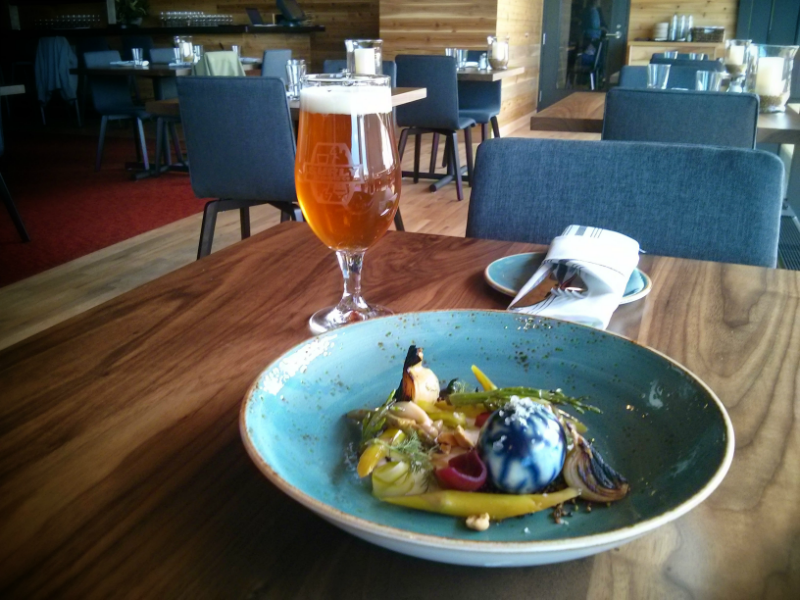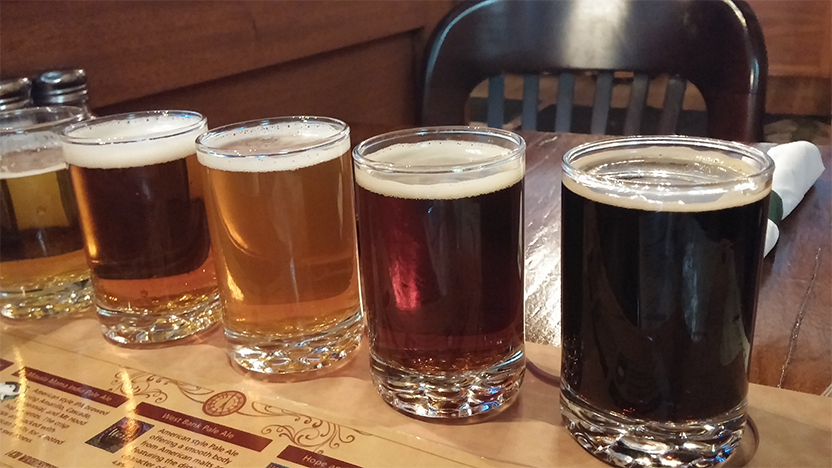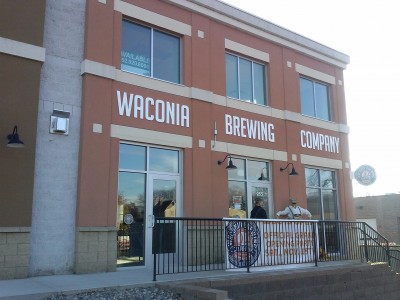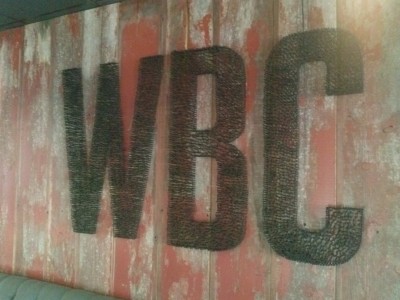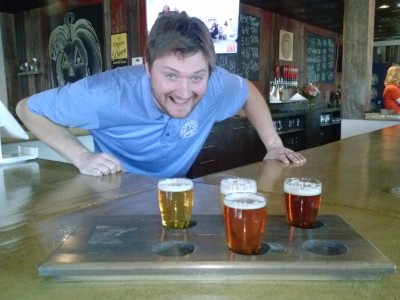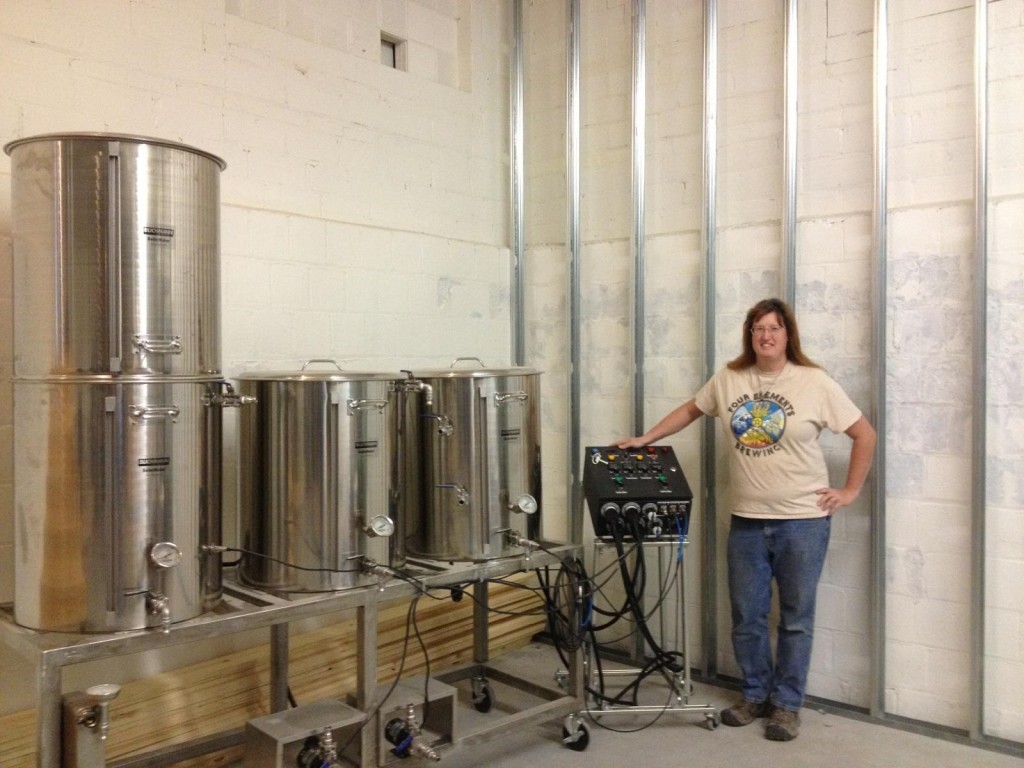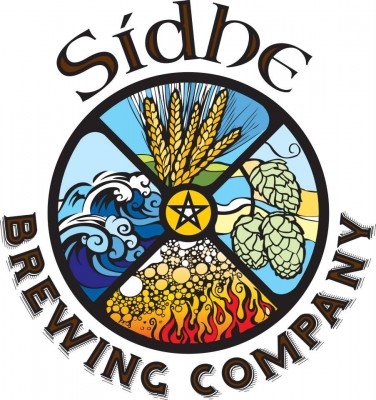It makes me very elated to be a part of this rapidly-evolving craft beer scene and even more excited to see the development of beer-focused bars and restaurants offering great food and atmosphere as well. There are a number of things that make a good beer bar and they are no accident. It all begins with proper beer knowledge and a lot of hard work. Managing taps can take a majority of a manager’s time Sunday through Wednesday during inventory and ordering days. Keeping menus updated and staff educated turn the whole ordeal into a full-time job for some. I’ve done it and yes, it is difficult and unending, but highly rewarding when you have customers excited to stop in and talk about what’s new on tap and how they like it. Here’s some of the parts of a successful beer program:
Remember to follow me on twitter: @TCBeerDude
Taps Come First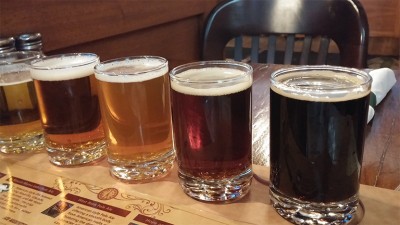
Almost every bar has a mix of tap and bottle beer. A bar’s tap list defines the beverage program to the customer and provides an insight into the personality of the bar manager and the restaurant identity itself. A bar’s first priority should be the tap list, supplemented with a decent bottle section. A bad tap list with a good bottle selection is a sure-fire way to convey that you are not really a beer place.
Variety
The craft beer audience is not one to stick with one favorite beer or beer style. They would much rather seek good beers of all styles with specific attention to seasonal and limited release options. This is a relatively easy concept and most restaurants do a semi-decent job at it. Below, I have outlined a few beer categories to make sure you include in your beer program. There are 8 categories. My advice would be to extrapolate that. If you have 16 taps, then include 2 from each category that are different from each other. 24 taps, include 3 from each category and so on.
-
Very Light beer — This doesn’t have to be one of the big companies (Miller, Bud, Coors, etc) but for the most part, it will be. Other options may include something like a Surly Hell, Lucid Air or Sam Adams Light
-
Light Beer — Different from the category above, this represents the beers that someone looking for more flavor without a big, heavy beer would look for. There are lots of options here like Lagunitas Pils, Enki Victoria’s Gold, or Third Street Rise to the Top.
-
Wheat Beer/Saison — It’s even more important to note that this category is not the same as the light beer category. There are many a customer who seek a specific flavor profile in their beers that are available in styles like a Hefeweizen, Wit or Saison. These beers are usually viewed as summer seasonals, but should be used year-round as they fill a gap in most restaurants’ portfolios throughout the year. Remember that beers need to pair with customers’ food and mood as well as season. Depending on your customers, a White IPA or Trippel may suffice for this category.
-
Pale Ale — This is most people’s go-to beer. A nice, easy drinking pale with some spice notes and a little malt backbone that goes with most food or is great by itself. Sierra Nevada Pale, Summit EPA or Indeed Day Tripper will all work nicely
-
Classic IPA — Okay, here we throw a bone to the majority of craft beer drinkers. This category contains the beers with a lot of hops and a little bit of malt character. This beer and your two light categories are going to be the big sellers. Use beers like Bells Two Hearted, Stone IPA, and Fulton Sweet Child of Vine for this category
-
Another Hoppy Beer — Yup, you heard me. Add another. But make this one different. This is where you have something that may be a little more interesting than your mainstream IPA. Here, you can use the White IPA, American Red Ale, Double IPA, etc. Some options include Deschutes Chainbreaker, Bad Weather Windvane, or Big Wood Bad Axe.
-
Something malty!!!! — This is the category that so often gets overlooked. This is the easy-drinking beer for people with more adventurous palates and I for one usually find this category lacking in a lot of bars and restaurants. This should be a malt-forward beer somewhere between the amber and brown color range. Some possible options here include Killian’s Irish Red, New Belgium Fat Tire, and Flat Earth Ovni.
-
Liquid Sandwich — Finally, we’ve reached the porter/stout category. You can never take this one off the list. If you don’t have a porter or stout, you risk customers walking out. This is true even on the hottest of summer days. Options here include Guiness, Tall Grass Buffalo Sweat, or Left Hand Milk Stout.
Once you have all of your bases covered for these styles, you can get adventurous and include more fun styles, but make sure you’ve got good options available first.
Familiar vs. New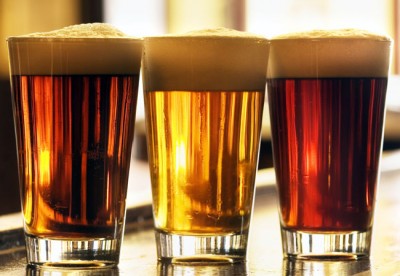
There is something very repulsive about a bar that has all of the best-known beers on tap. There is nothing wrong with including some of these beers, but if all you have available is larger breweries, then you are pushing away a large demographic of people looking to be more adventurous. I’m talking about Sam Adams Boston Lager, Stella Artois, Blue Moon, Heineken, Guiness, etc. These are very viable beers and there are a lot of people that would be able to find something that they would drink. The problem is that you haven’t created any sort of unique experience for your customers. Even including a couple beers mixed into that like Lakefront Fixed Gear or Badger Hill Foundation Stout can make your customers stop to take note of that variety and make their experience more memorable than a standard, cookie-cutter tap list you might find at a national chain restaurant.
Staff Training
I was at a bar once with three friends and we were looking to order beers before looking at the food menu. I spotted a beer I hadn’t tried and I asked our server, a middle-aged woman who seemed like an experienced server, what the beer was like. “It’s a beer. It tastes like beer,” she told me. I was floored by her ignorance and the fact that she took no further action to find out what the beer was and help me make my decision.
This is the number one place where craft beer programs fail. The bar features 30 different taps and the staff knows nothing about them. To me it really comes down to one main idea: if you serve it, you should know about it. It’s that simple.
The servers are expected to be able to describe the food, answer general questions about its preparation, help to address allergy issues, and make suggestions based on their own personal taste. It has gone on for too long that we tolerate servers and bartenders not knowing the beer the same way. Just because you don’t make it in house doesn’t mean you shouldn’t be able to educate your customers. It is a bad hangover from the post-prohibition era before the resurrection of craft beer when all there was to drink was light lagers. Consumers knew the brand of beer that they drank and didn’t ask questions about it. The bartender’s job was easy. Now the customer has questions. The consumers want to know what our craft beers taste like and it is a critical failure in my mind if there is not someone available to answer basic questions about what a restaurant has available. If you serve it, you should know about it.
Restaurant staff should also know the proper glassware and cleaning processes. A 9.5% Belgian Strong Ale should not be served 16 or 20 ounces at a time. If it is, then you should enjoy your extra beer but I wouldn’t count on that establishment as a positive example of a craft beer bar. Also look for the glasses on the shelf to be clean, not cloudy or without any etchings on the insides of the glasses where they have been stacked. Glasses should also not contain any vapor inside of them indicating that they have been stacked before they are dry — it harbors bacteria.
When the beer is poured, make sure there are no places where bubbles seem to be coming from a particular spot on the side of the glass. That indicates dirty glassware. White lacing clinging to the side of the glass after drinking the beer is indicative of a clean glass, but not seeing that lacing does not necessarily mean the glass was dirty.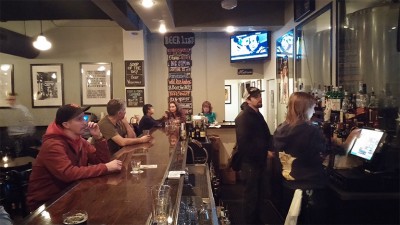
Menus
This one is hard! I’ve seen this done a hundred different ways and each one has its flaws. Firstly, your menus must be updated constantly if you change up your product as often as you should. That’s a no-brainer. The hard part is dividing up your beer menu to help customers find their beer style. At Zeke’s, we featured 30 different styles from 30 different local breweries and listed each one’s style on our menu. We didn’t expect the customers to know what each style was, so I ordered them on the menu from lightest to darkest, trying to keep similar beers together.
One thing that I hate to see on a menu is the use of the word “Lager” as a category. It’s usually used to denote lighter beers, but is misleading and perpetuates the idea that all lagers are light. Even worse is the use of the word “Ale” as a category. Almost every beer on the menu will be an ale, so why bother? That’s even more confusing. Grouping Belgians together seems helpful, but it’s not. Belgian beers have more variety in flavor than any other region’s beer, so to put a Witbier, Belgian IPA, Dubbel and Oud Bruin in the same category causes more problems than it fixes.
The best method for grouping beers that I’ve found actually comes from the Butcher and the Boar’s drink menu. The beers are divided into these categories: Light & Crisp, Fruit & Funk, Hopped & Bitter, Malt & Roast. In my opinion, this is the method that causes the least confusion and least possible overlap between sections if you’re choosing to break up your beer menu into sections.
Belief in the Program
Craft beer is an art. It is a community resurgence in the appreciation of the finer things in life. It represents a cultural shift in priority toward quality of activities our daily routine such as food, music, and drink. If a bar is using a craft beer program to drive sales, but doesn’t believe in the beer that they are selling, it is guaranteed to fail. I’m not saying you have to devote your life to beer, but there are a few tell-tale signs. It comes in the details such as clean glassware, attention to the temperature of the beer, and proper pouring. Pouring a foamy beer that causes half a pint to go down the drain or using draft systems that help make pouring easier for an untrained and apathetic bar staff is a dead giveaway of a company that does not take pride in the details.
There are many people who have fought hard to help beer gain its rightful place in society as a well-respected industry and art form that represents our culture as a neighborhood, state and nation.
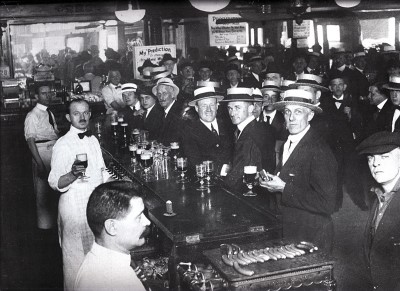

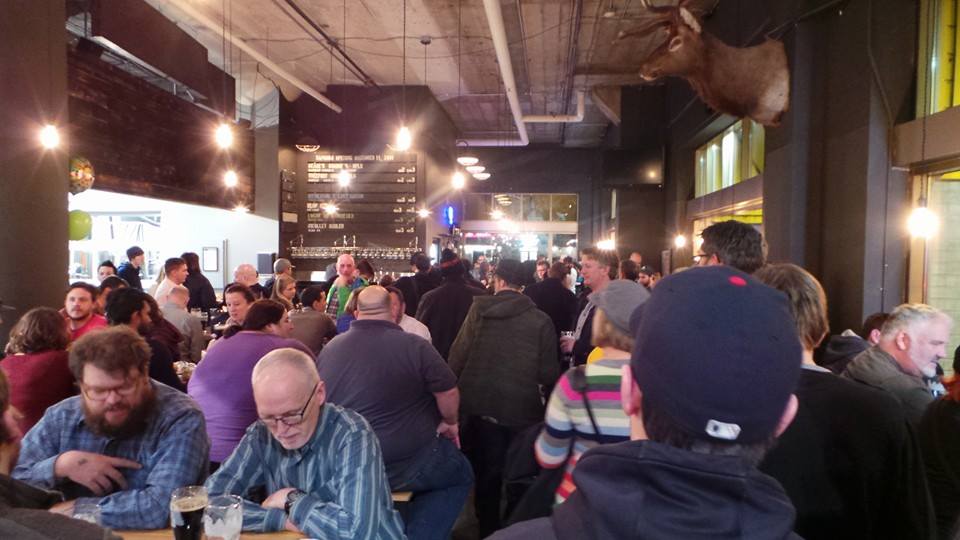
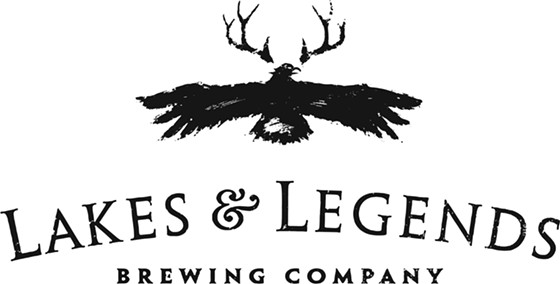
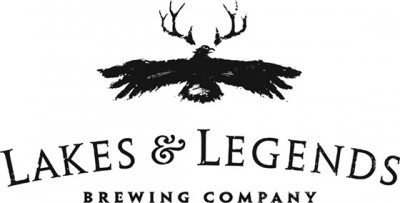



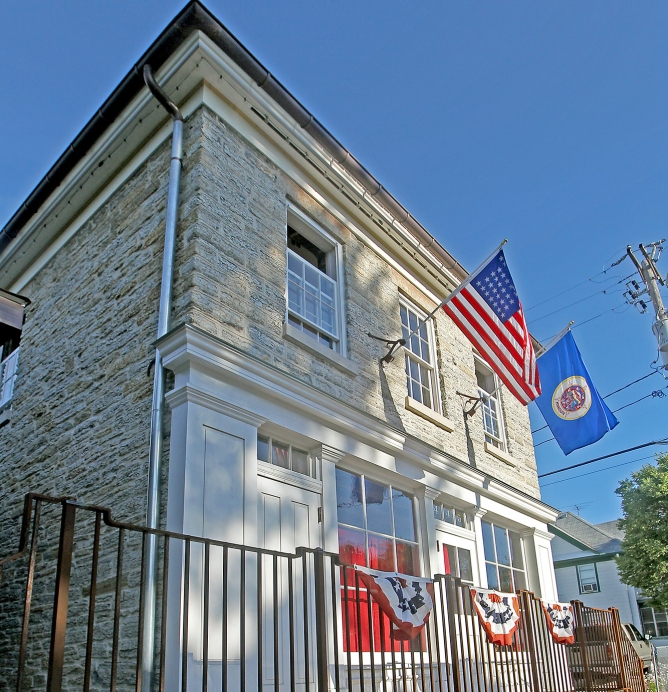
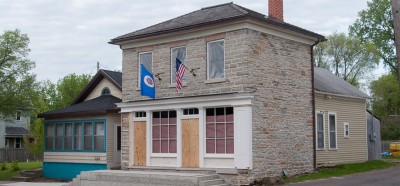
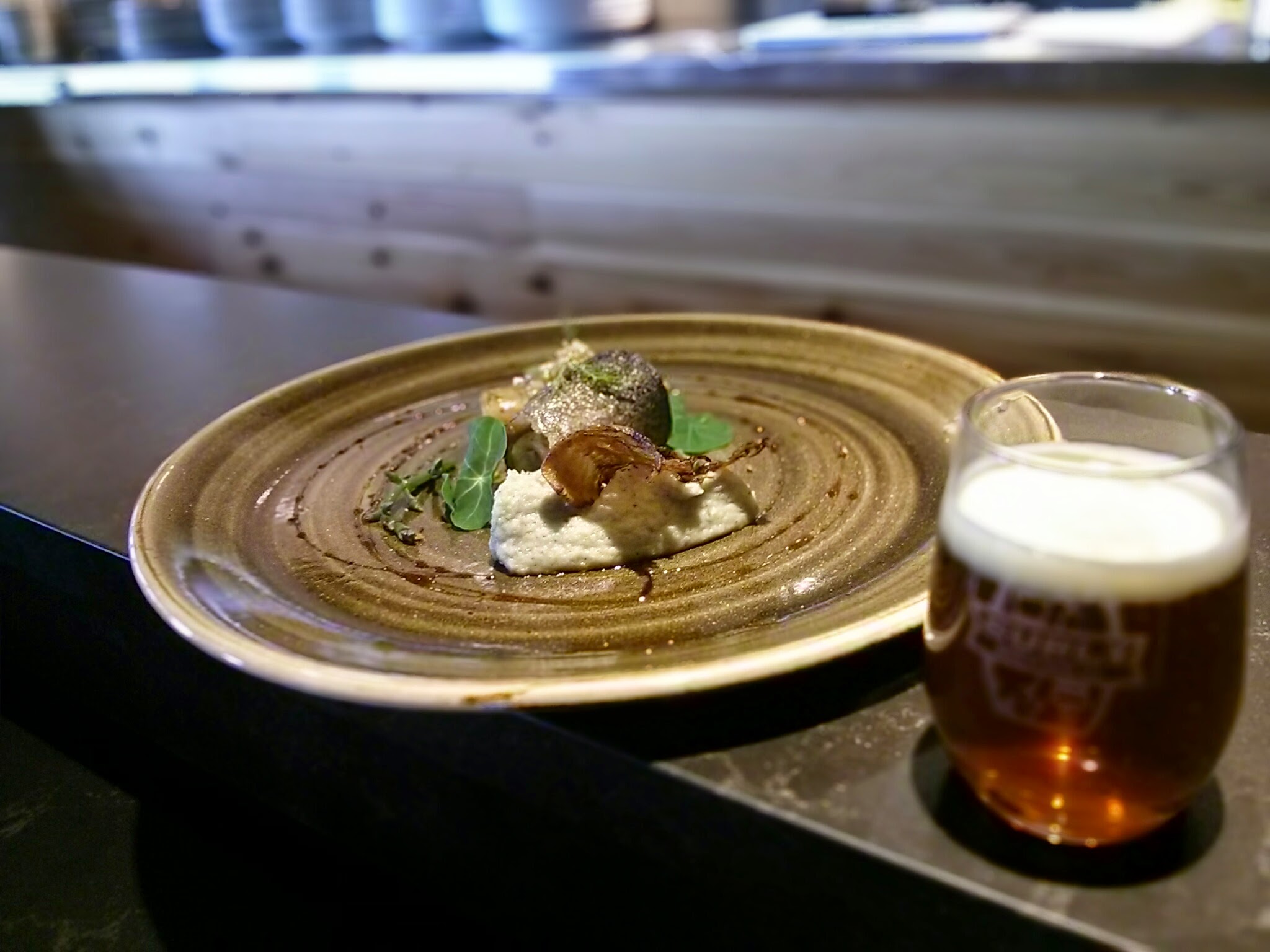


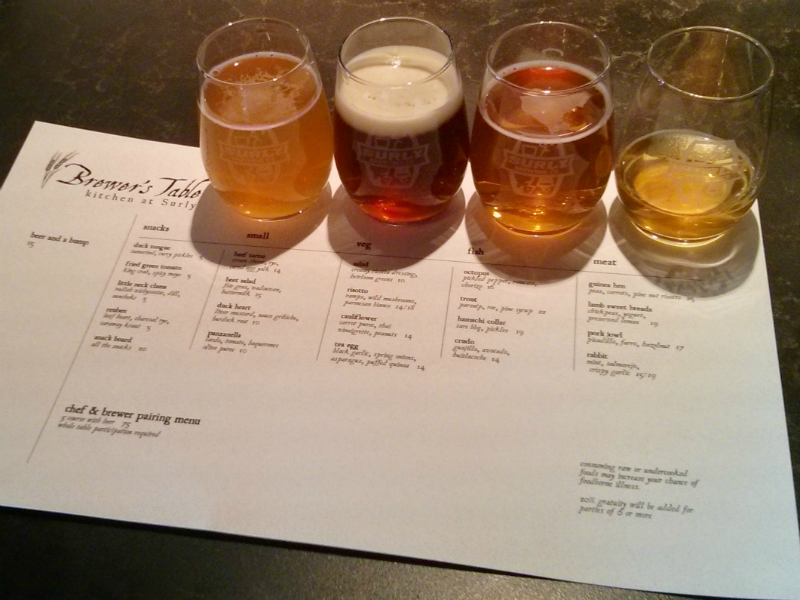 Look for the menu to change often. Not only does this keep the dining experience fresh, but it is necessary with the focus on getting ingredients from local or well-sourced farms.
Look for the menu to change often. Not only does this keep the dining experience fresh, but it is necessary with the focus on getting ingredients from local or well-sourced farms.